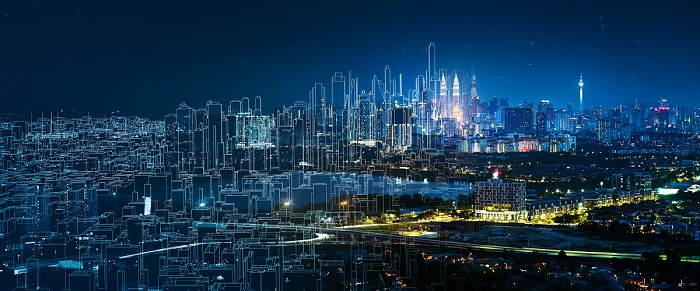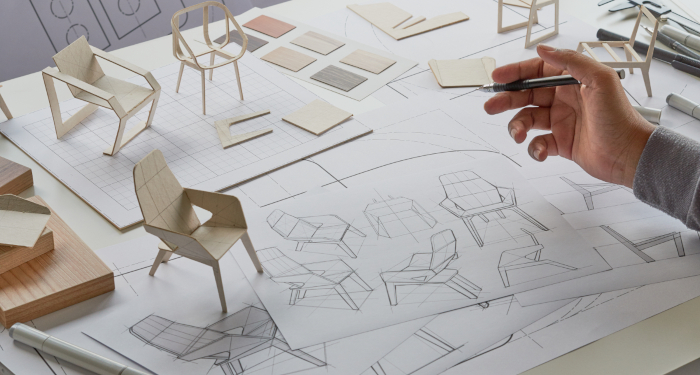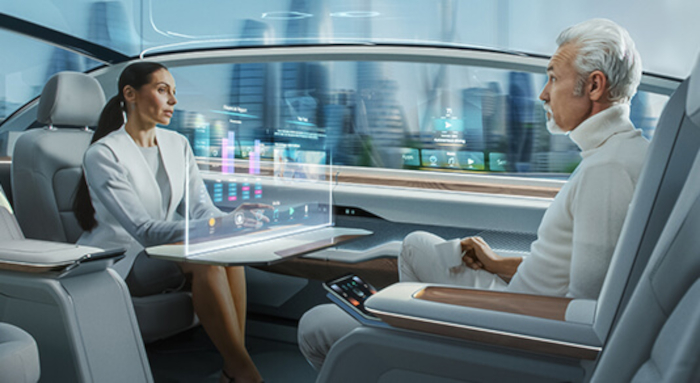Concept Design, Strategy & Future Planning
What will people want and need tomorrow, next month, next year, or even next
decade? Will the anticipated future ‘wants’ of the world be the same as the
things the future world really ‘needs’?
Thinking about the future is not necessarily the practice of
prediction. Looking for trends, uncovering statistically valid
data and using extrapolation, has its merits when seeking one
possible view of the world.
Creatively thinking about the future involves imagining a
future not yet depicted. A curation of elements not yet realized
as either practical or possible. Trying to understand what
we “don’t know that we don’t know”. As Laplace said “What we
know is not much. What we do not know is immense”.

Future Lifestyles
The world is changing fast. It has no choice – there are over 7 billion of us,
with predictions of passing 11 billion by the end of the century. And yet the
most basic and primitive needs of man remain fundamentally unchanged. The three
primary concerns for survival have always been the need for water, food and
shelter. It is a sad fact that the 21st Century still has many areas of the
world that unable to provide these simple basics for their population.
Civilized man has made a big impact on the earth’s surface; on its land, in
its water and throughout its atmosphere. Many of nature’s natural systems
for equilibrium are out of balance – and by many orders of magnitude.
Worryingly, these imbalances now have positive feedback loops that will
be difficult to reverse.
We believe Design can change these trends and make for a better world for
everybody. It is only by thinking clearly about the future, free from
political and commercial influences, that the decisions we make today will be
accurately realized in the future. And designing a better world for the future
is in everyone’s best interest.

Future Interior Spaces – Work and Home
There is no doubt that increasing the automation of the things we manually interact
with in today’s workplace, job function, home living spaces and transport vehicle
interiors, will change our products and spaces irrevocably.
An autonomous car is perhaps the easiest to imagine. If your journey does not require
you to drive, then you are free to undertake almost any other activity. The interior
environment will accommodate these functions, with either dedicated or adaptive spaces.
Sleeping. Eating. Working. Relaxing. Entertaining. It could even become an extension
of your home.
But the workplace will change too. Firstly, it may be that as AI takes more of the
complex and repetitive tasks away from the human in any job function, that there
remains a greater freedom to create and design. Our workspace could be open, with
fluid areas and equipment for all to play with and experiment, a space that resembles
a children’s school playground more than a traditional seated office with desks and chairs.
And after work, having journeyed home, whether a short distance to a city apartment,
or a longer route to the suburbs, the home will likely benefit from all the workplaces
technological advances too. Freshly cooked meals using fresh ingredients, automatically
prepared and served, ready to eat just as you arrive home. All the home chores completed
by automation and robot technology. These are dreams that go back as far as the 1950’s.
Today we have the technology at the right price to deliver on this ever blurring
connection between our compartmentalised lives. The merging of entertainment and
social connectivity with daily living, with eating and drinking and socializing
as a shared experience via holograms and full wall surround LED screens.

Future Products
The future of all things physically created will depend on our short to medium term control of our impact on the earth and the supply of natural resources. Extreme weather will change our interaction with nature and how we protect ourselves. Changes will be inevitable in housing, transport, infrastructure and personal belongings.

Future Transport
If supply of natural resources become problematic, the hot topics of the day will be about more than just sustainability. All physical products will change, but so too will the laws and standards and practices. For example, inner city cars might be constrained to operate only within inner city locations and speeds capped at 40 kph (25mph); which means vehicles can then be designed without elaborate powertrains, without complicated safety equipment, and ultimately efficient, cheap and sustainable. With the right motivations politically, socially and individually, we can foresee 80% reduction in materials costs (raw material processing and manufacturing energy costs), as well as squeezing down slow city automotive energy use by 60%.

